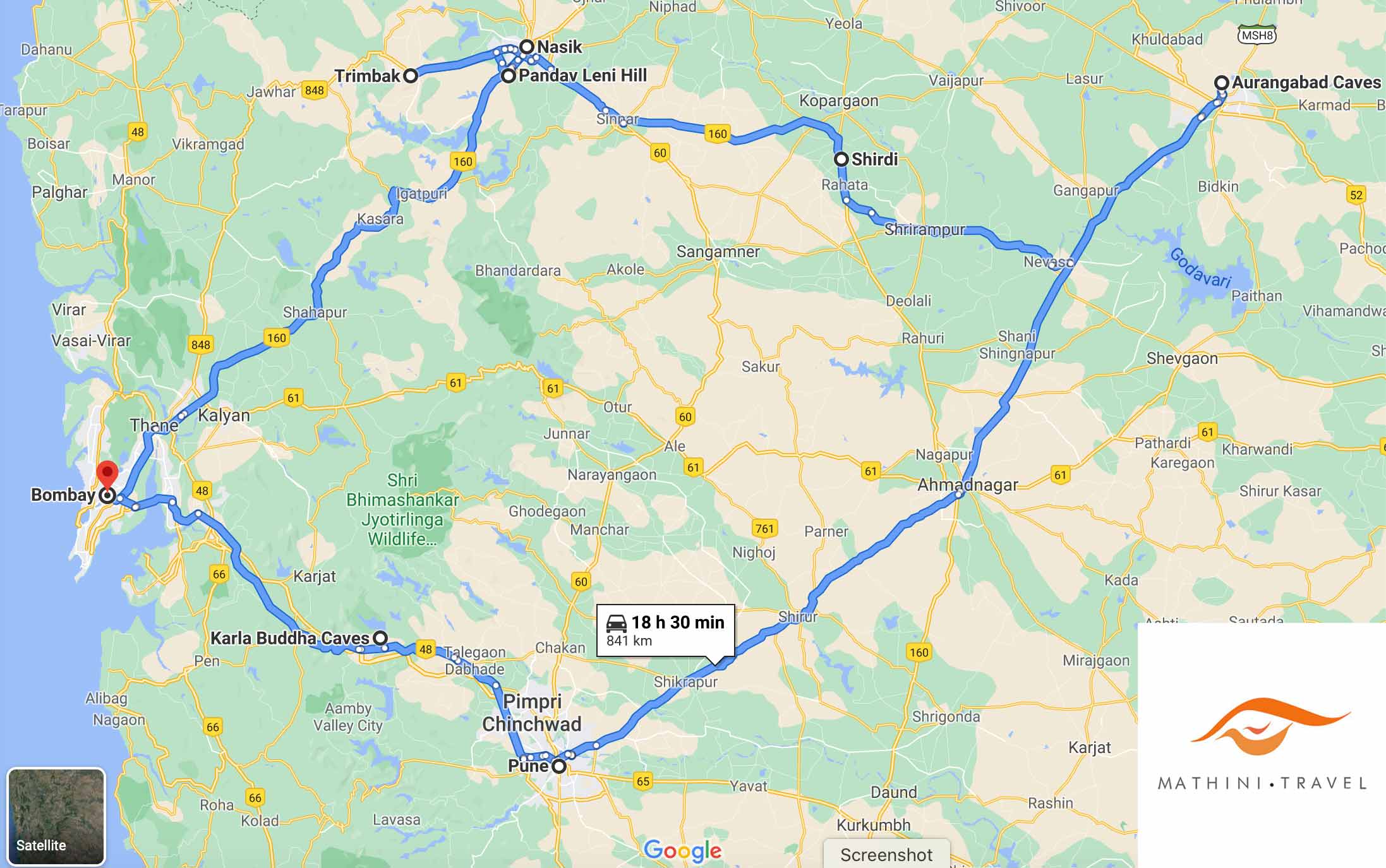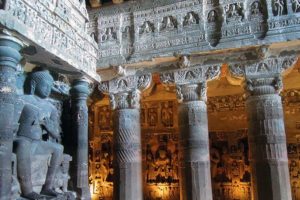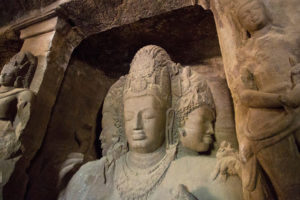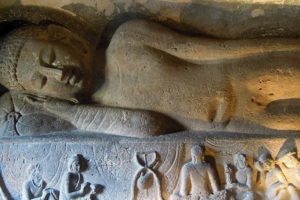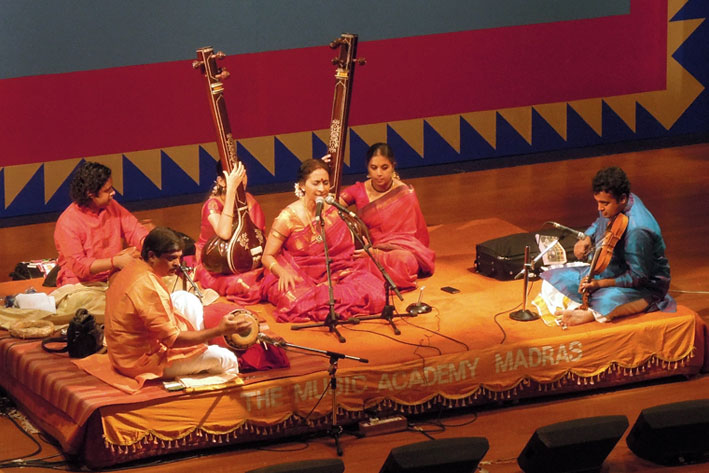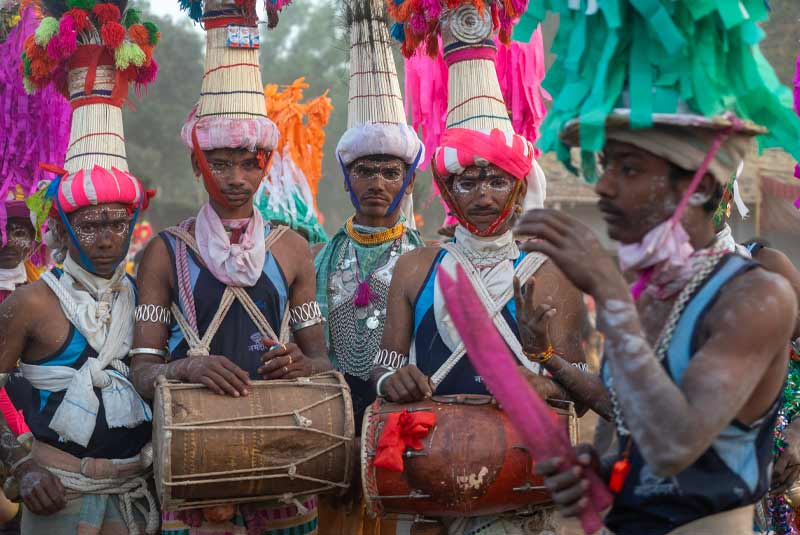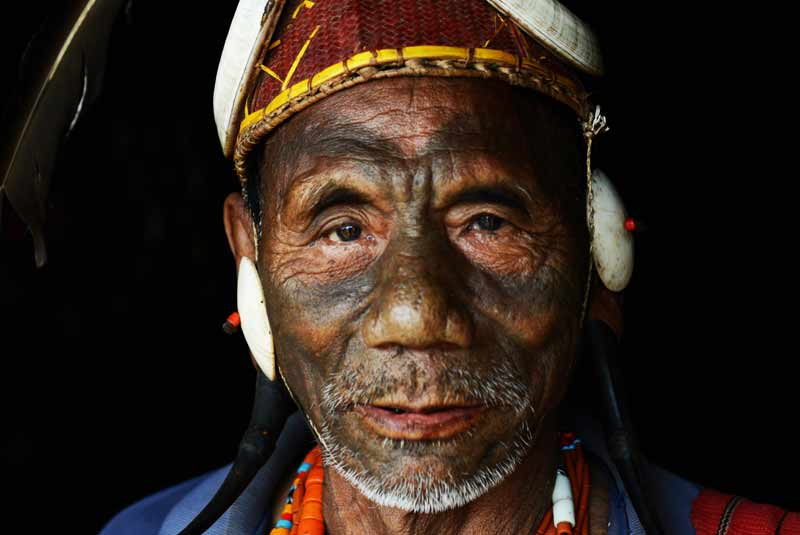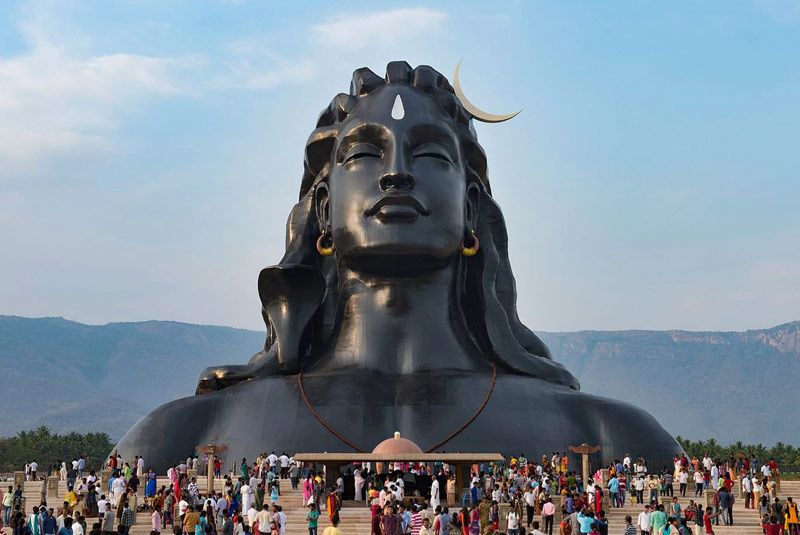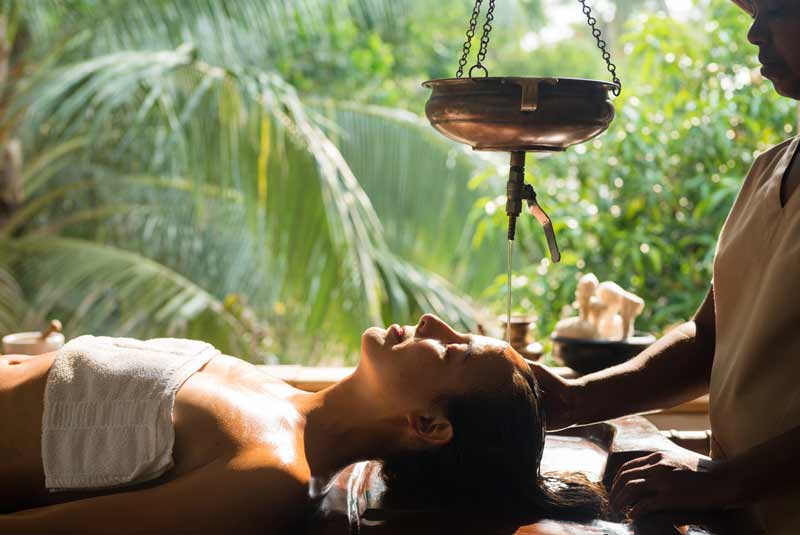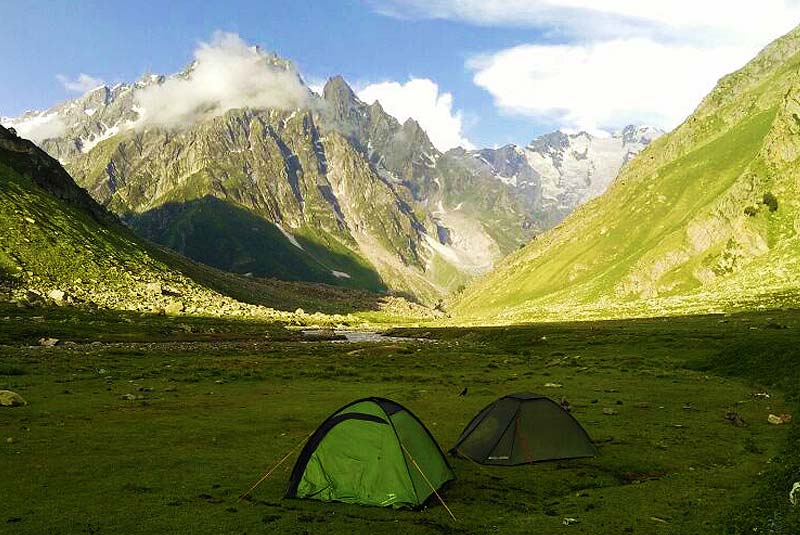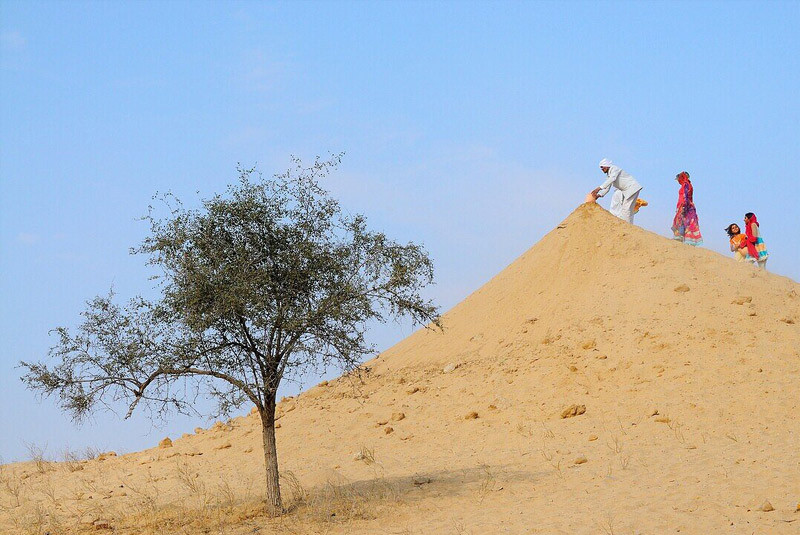Namaste! We welcome you warmly at the Mumbai airport and drive you to your hotel. Overnight in Mumbai.
Departure for the Gateway of India, where we will board on a ferry to the Elephanta Caves. The caves-temples of Elephanta, built over a period from the 5th to the 6th century AD, are mainly dedicated to the worship of the Hindu god Shiva. The cave #1, which is about 40 meters long and whose masterpiece is the 5 meters high three-headed Sadashiva, is the most remarkable. Back for lunch taken on the neighborhood of Colaba. Overnight in Mumbai.
We will take the road to the pious city of Nasik, 4 hours from Mumbai. Check-in at the hotel. In the afternoon, we will visit several important sites of the city amongst them the 'Ramkund', a large pond where it is said that the god Rama would have bathed; it is now a place where the faithful disperse the ashes of the deceased. Nearby, there is also the Kala Ram temple and the Sita cave, where is it sait that Ravana, the demon king, kidnapped Sita, the wife of the god Rama. Overnight in Nasik.
In the morning, departure for Aurangabad, stopping-off city located in between the Ajanta and Ellora caves. Check-in at the hotel. In the afternoon, we will visit the 'Bibi Ka Maqbara', a mausoleum commissioned in 1660 by the Mughal Emperor Aurangzeb for his first and main wife, Dilras Banu Begum. Because of its resemblance to the Taj Mahal, it is nicknamed 'the small Taj Deccan'. Overnight in Aurangabad.
Day 5
Aurangabad - Ajanta - Aurangabad
In the early morning, departure for Ajanta, 3 hours from Aurangabad. These sumptuous Buddhist caves, 29 in number, are carved into volcanic rock in a forested ravine shaped like a horseshoe. Five of them served as temples and twenty-four others were monasteries and it is thought that they were occupied by about 200 monks. In the 7th century, these caves were abandoned in favor of those of Ellora. They gradually fell into oblivion until they were rediscover during a tiger hunting game conducted by the British in 1819. The finesse and technicality of the Ajanta murals will be a milestone in the history of Buddhist art and will have a great influence in the arts throughout India, but also in Southeast Asia like in Java throughout the next millennium. Back to Aurangabad at the end of the day. Overnight in Aurangabad.
Day 6
Aurangabad - Ellora - Aurangabad
Departure for Ellora which is 30 km from the city of Aurangabad. These 34 caves, excavated over 2 km in Charanandri Hill, are home to beautiful Hindu and Jain temples as well as Buddhist monasteries. They were built between the 5th and 10th century AD during the Kalachuri, Chalukya and Rashtrakuta dynasties and bear witness to the harmony and religious tolerance that reigned during this period of Indian history. The Kailasha Temple (Cave 16), begun in the 7th century by King Krishna I, is particularly noteworthy. This huge monolithic cut in the cliff is an incredible technical feat and it's totally breathtaking. After visiting the Ellora Caves we will head to the Grineshwar Temple which houses one of the 12 'jyotir lingams' or 'lingams of light'. Back to Aurangabad at the end of the day. Overnight in Aurangabad.
We leave for Pune, last stop on the way back to Mumbai. In Pune, we will visit the 8th century Pataleshwar troglodyte temple carved into the rock and the Aga Khan palace built by Sultan Muhammad Shah Aga Khan III in 1892. The history of the palace is closely linked to the independence movement India, it served as a prison for the Mahatma Gandhi, his wife Kasturba Gandhi, his secretary Mahadev Desai and for the activist and poet Sarojini Naidu. Kasturba Gandhi and Mahadev Desai died in this prison during their captivity and their graves are also there. Overnight in Pune.
Day 8
Pune - Mumbai via the Karla and Bhaja Caves
We return to Mumbai and en route we make another cultural stop at the Karla and Bhaja caves, much smaller than Ajanta and Ellora, but still worth a look. Bhaja is a set of 22 Buddhist caves carved into the rock dating from the 2nd century BC. It houses a number of beautiful stupas. The caves of Karla (2nd-5th century BC) are known for their "grand chaitya" (cave 8), a huge colonnade prayer room perfectly preserved. Arrival in Mumbai late afternoon. End of this cultural trip. Looking forward to meeting you again. Namaste.
